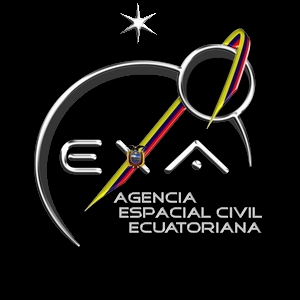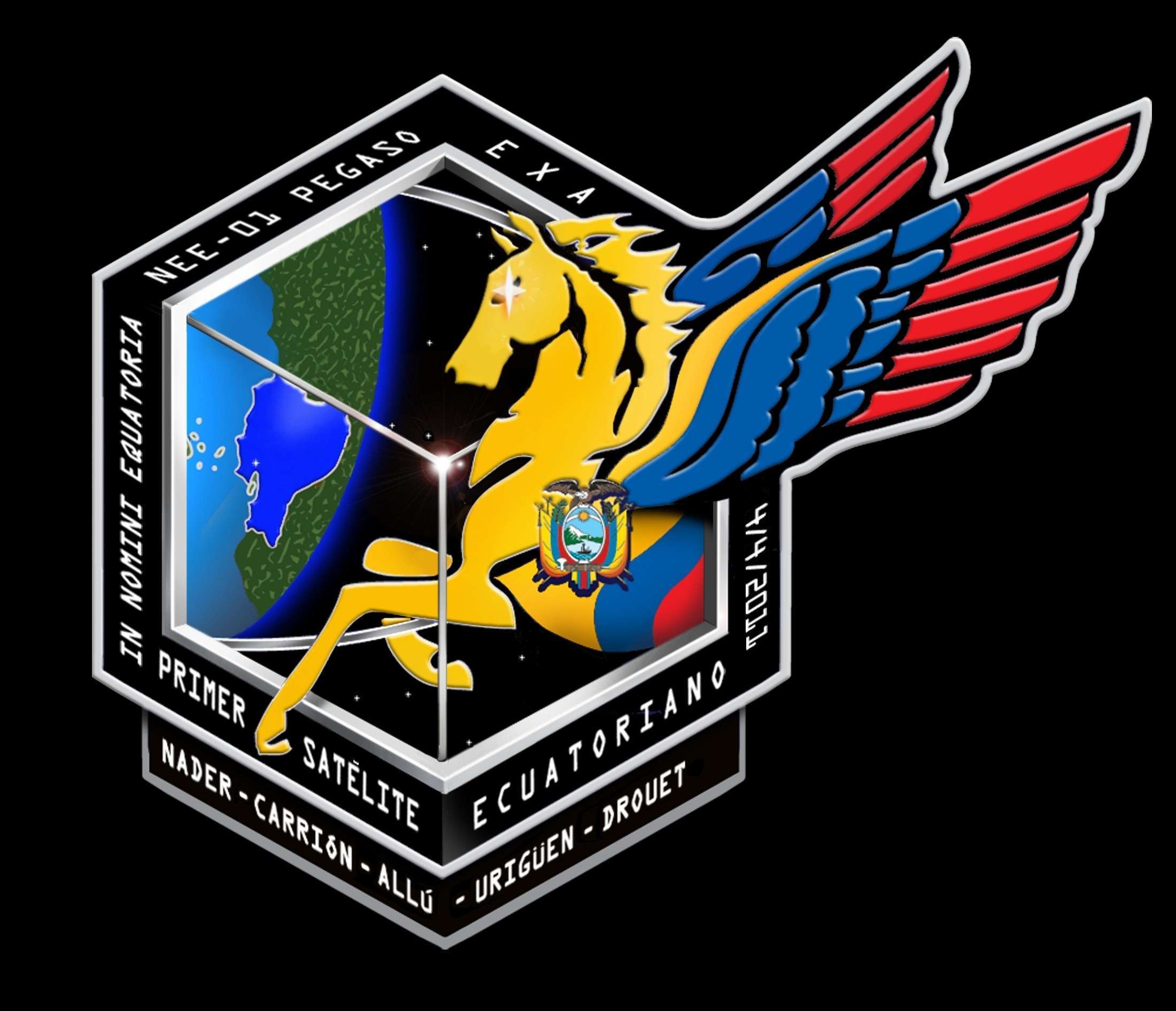 ECUADORIAN SPACE AGENCY UNVEILS ECUADOR’S FIRST SATELLITE Guayaquil, April 4, 2011.- Today the Ecuadorian Civilian Space Agency – EXA- unveiled the first Ecuadorian satellite, the NEE-01 PEGASUS, designed and built completely in the country by a team of national engineers. The NEE-01 PEGASUS is a nanosatellite, of the cubesat 1U class, it has a cubic shape and two solar panel wings with 3 panels on each side for a total of 6 panels per wing, its dimensions are 10 by 10 by 75 centimeters (4 by 4 by 30 inches) with its solar wings completely deployed and weights 1.2 kilos, it has an onboard camera which will allow the spacecraft to take pictures and transmit live video from space, the launch into orbit is planned for the 3rd quarter of year 2012 onboard a Russian rocket. The satellite has been completely designed and built in the country, without any foreign assistance, by an EXA engineering team led by Cmdr. Ronnie Nader, Ecuador’s first cosmonaut, and engineers Sidney Drouet, Manuel Uriguen, Héctor Carrión y Ricardo Allú, the project took almost 2 years since its conception in April 2009. Besides the live video signal, the spacecraft will send a constant radio signal that will act as a beacon, consisting in its identification and the Ecuador’s national anthem. The satellite’s primary mission is to test the basic and key technologies that will allow the EXA to build bigger and more powerful spacecrafts in the future and the secondary mission is to serve as an space platform for elementary education: The satellite will send two signals that will be received and decoded by the EXA’s HERMES-A ground station in Guayaquil and then uploaded live to the Internet using Twitter and Facebook; the first signal will contain text book questions and the second will contain an image related to the question. If the students are able to answer the question correctly they will be granted access to the video camera onboard the spacecraft and will be able to see earth from space as the astronauts see it in their space missions. More advanced students will have access to the pure radio signal so they can try decoding it by themselves. The EXA will provide them with the appropriate support software free of charge. The satellite carries many advanced technologies which by themselves are firsts for this kind of spacecrafts: It will become the first nanosatellite able to transmit live video from space, is the first of its kind in being equipped with a multilayer shield composed by polymers and alloys that allows the spacecraft to withstand solar flares and other space hazards, it is the first to have a thermal stabilization system based in carbon nanotubes, it has the world’s most thin solar panels, measuring only 1.5 millimeters thick, made of 99.98% pure titanium and it’s the first in its class to have multiple deployable solar panels, also it has the biggest power matrix ever carried by a 1U cubesat with 28.8 amperes of total installed capacity in a volume of only 200 cubic centimeters. All this are novel technologies and have been created by the EXA in Ecuador, the project financing was jointly undertaken by the EXA and the local industry. For the launch and operations phase of the project the EXA has requested the involvement of the Ecuadorian Air Force to jointly operate the satellite and share the technical and scientifically benefits of the experience and to help the Ecuadorian youth with the educational capabilities of the satellite.
EXA/20 - BP-37 / BP-E-020-040411 http://exa.ec/bp37/index-en.html |



